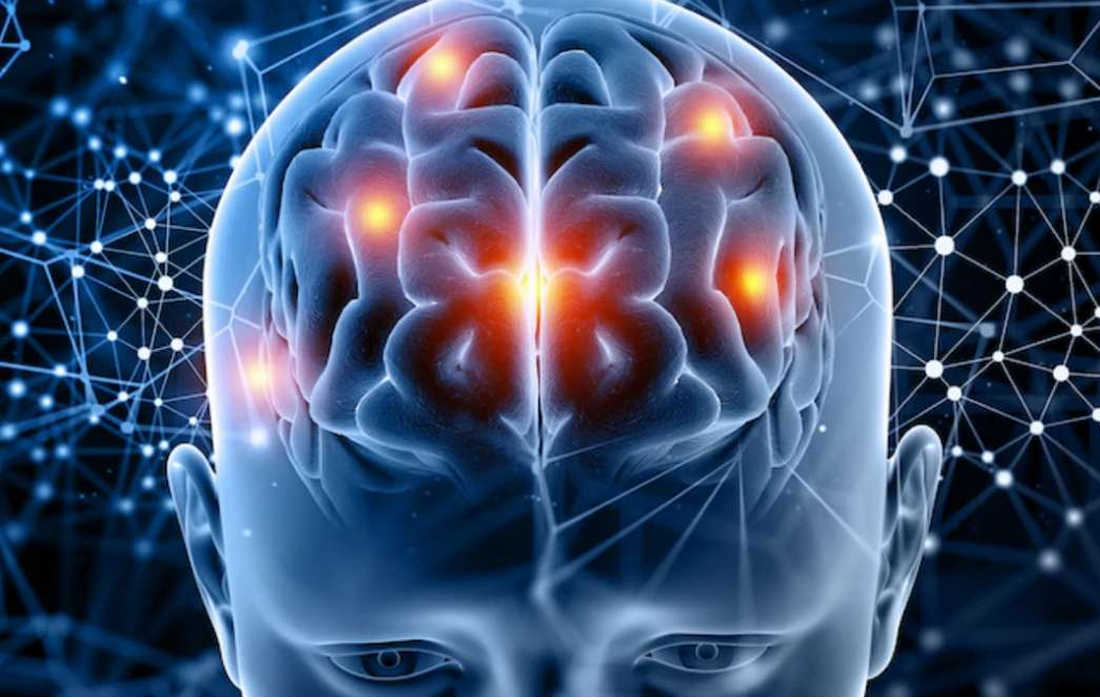Regenerative Medicine News and General Information
New Drug Candidate for Promise Treating Epilepsy
Epilepsy is one of the most prevalent chronic brain disorders and is characterized by recurrent and spontaneous seizures. Seizures are highly synchronized neuronal discharges that arise from some epileptogenic regions and can spread to large areas in the brain. While about 50 million people worldwide are suffering from epilepsy, almost one-third of patients are resistant to available antiepileptic drugs, which mainly target synapses of neurons.
Accumulating evidence has shown that the pathology of epilepsy involves the interaction between neurons and glia. Astrocytes have tight connections with neurons both morphologically and physiologically at the tripartite synapse, which consists of the pre- and postsynaptic elements, and astrocytic processes, modulating neural activity through the uptake or release of transmitters. Astrocytes undergo changes in morphology, biochemistry, and physiology in response to brain insults. Reactive astrogliosis is known to be present in epileptic foci exhibiting extensive physiological and molecular changes such as ion and neurotransmitter homeostasis disruption and changes in transporter and enzyme systems, which further exacerbate neuronal hyperexcitability and epileptic seizures
Temporal lobe epilepsy (TLE) is one of the most common types of epilepsy worldwide. Although symptomatic medications are available, one-third of TLE patients remain unresponsive to current treatment. With such refractory rates, the discovery of new pharmacological targets is important for providing better treatment.
Neuroscientists discover a new drug candidate for treating epilepsy
A research team co-led by Dr Geoffrey Lau Chun-yue, Assistant Professor in the Department of Neuroscience, identified a new, small organic molecule called D4, which selectively blocks connexin hemichannels, but not gap junctions. The team investigated its effect in treating TLE using a mouse model. The findings suggest that D4 strongly suppresses the TLE-induced neuroinflammation, curbs TLE seizures, and increases the animal’s survival rate.
The new drug, D4, targets a new class of ion channels, the connexin hemichannels in the glial cells. Glial cells include astrocytes and microglia and are important for modulating neurotransmission. Excessive glutamate and other molecules can leak out from reactive glia via hemichannels to the extracellular environment, altering synapses, enhancing neuroinflammation and exacerbating seizures.
The research adopted the pilocarpine model of epilepsy in mice, a well-known model to produce phenotypes that resemble human TLE. Pilocarpine was injected into mice intraperitoneally to induce seizures. The administration of one dose of D4 orally before inducing seizures effectively reduced neuroinflammation and altered synaptic inhibition, which increased the animal’s survival rate. For treatment after induced seizures, a single dose of D4 had a prolonged effect on suppressing the activation of astrocytes and microglia. This suggests that D4 strongly alleviates neuroinflammation and has a long-term effect.
Results…
Results from both pre- and post-treatment indicate that targeting connexin hemichannels by D4 is an effective and promising strategy for treating epilepsy in which neuroinflammation plays a critical role. The drug can be taken orally to effectively get into the mouse brain to reduce the harmful effects of neuroinflammation. A single dose provides strong protection against future seizures.
SOURCE:
Anni Guo, Huiqi Zhang, Huanhuan Li, Arthur Chiu, Claudia García-Rodríguez, Carlos F. Lagos, Juan C. Sáez, Chunyue Geoffrey Lau (August 1, 2022). Inhibition of connexin hemichannels alleviates neuroinflammation and hyperexcitability in temporal lobe epilepsy. Proceedings of the National Academy of Sciences, Retrieved from : https://www.pnas.org/doi/10.1073/pnas.2213162119
IMAGE: https://resize.indiatvnews.com/en/resize/newbucket/1200_-/2022/11/epilepsy-1-1668668783.jpg

